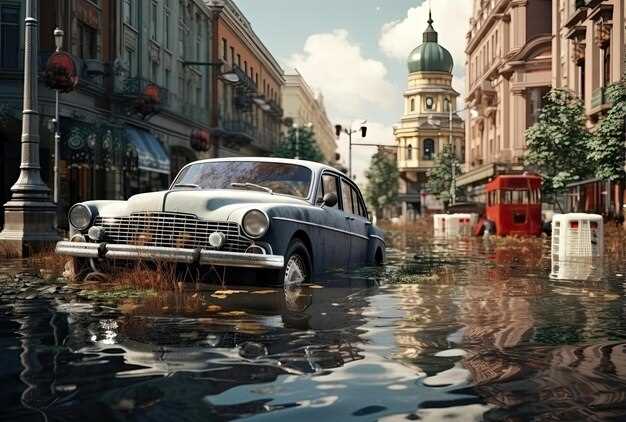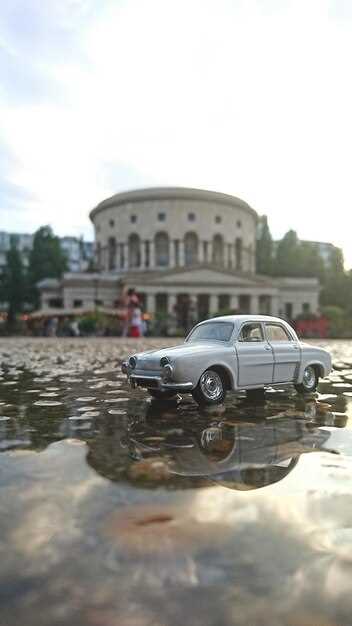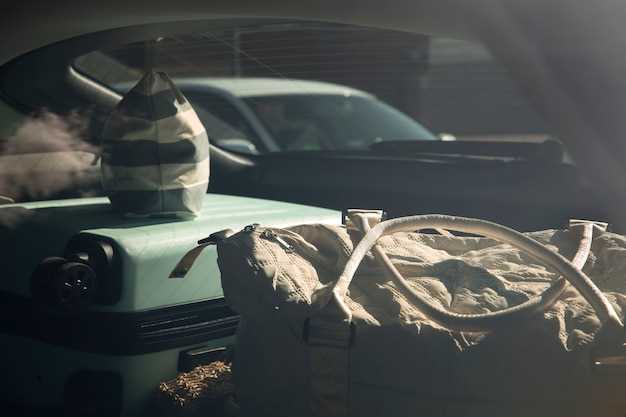
The preservation of historic cars is a delicate endeavor, often challenged by various environmental factors. Among these, flooding presents a particularly daunting threat. When vehicles are exposed to floodwaters, they can become waterlogged, leading to severe damage that jeopardizes both their structural integrity and historical significance. The impact of water damage is not merely aesthetic; it often affects the mechanical workings and electrical systems of these classic automobiles.
In instances of flooding, a comprehensive inspection is paramount. This process helps to assess the extent of damage and determine the necessary steps for restoration and preservation. Water can infiltrate critical areas of a vehicle, leading to corrosion, mold growth, and a multitude of issues that may not be immediately visible. Understanding the implications of water damage allows restorers to make informed decisions on how best to conserve these iconic pieces of automotive history.
The challenge lies in not only restoring a vehicle to its former glory but also in ensuring that it can withstand future threats from the elements. As climate change continues to influence weather patterns, the risk of flooding is expected to increase, making the preservation of historic cars an ongoing and evolving challenge.
Assessing the Extent of Water Damage in Historic Vehicles

When evaluating the impact of water damage on historic vehicles, a thorough inspection is crucial. Flooding can lead to various issues, ranging from rust formation to the deterioration of interior materials. The presence of waterlogged components can create a hostile environment that accelerates decay. Mechanics and restorers should prioritize a detailed examination of areas typically susceptible to water exposure, such as the engine, electrical systems, and upholstery.
During the inspection process, it is essential to look for signs of rust and corrosion, which often indicate prolonged water exposure. The undercarriage, wheel wells, and chassis should be meticulously checked for any deterioration. Additionally, components like the air intake and exhaust systems need careful assessment, as water intrusion can severely impact engine performance.
Another important aspect of inspection involves assessing the vehicle’s interior. Waterlogged seats, carpets, and headliners not only contribute to unpleasant odors but can also promote mold and mildew growth. These conditions further compromise the materials and can lead to long-term damage if not addressed promptly.
By systematically assessing the extent of water damage, restorers can prioritize restoration efforts, ensuring that historic vehicles regain their former glory while tackling the effects of water adversity effectively. Prompt and knowledgeable intervention is key to preserving these automotive treasures for future generations.
Restoration Techniques for Waterlogged Classic Cars
The restoration of waterlogged classic cars requires a systematic approach to ensure that the vehicles can be salvaged and preserved for future generations. The first step in this process is a thorough inspection. This involves checking for visible signs of water damage, including rust, mold growth, and electrical system failures. Inspectors should also take note of the extent of water exposure and whether it was a result of a flood or another source.
Once the inspection is complete, the restoration process can begin. One of the primary concerns is to immediately remove any standing water in the car. This includes draining the fuel tank, removing the carpets, and taking out the seat coverings to prevent further damage. Drying out the interior should be done using dehumidifiers and fans, ensuring that moisture does not linger.
Following the initial drying phase, any rusted components should be addressed. This can involve sandblasting affected areas and applying rust inhibitors. Electrical systems, often severely impacted by water exposure, require special attention. Each electrical connection should be cleaned and tested for functionality. In many cases, replacing damaged wiring is necessary to restore the vehicle’s operational capabilities.
Additionally, bodywork must be evaluated. Dents and scratches that may have become apparent after exposure need to be repaired. A comprehensive repainting may also be necessary, not only for aesthetic reasons but also to provide a protective layer against future moisture damage.
Finally, once all repairs are made, the vehicle should undergo a complete mechanical inspection. This ensures that all systems are functioning properly after the water incident. By carefully following these restoration techniques, classic car enthusiasts can bring waterlogged vehicles back to life while preserving their history and integrity.
Best Practices for Flood Inspection and Prevention in Car Storage

When it comes to preserving historic vehicles, effective flood inspection and prevention strategies are essential. Water damage can severely compromise the integrity of cars, leading to costly restorations or total loss. Implementing best practices will not only protect vehicles but also ensure peace of mind for car owners.
Here are some recommended practices for flood inspection and prevention in car storage:
- Selecting Proper Storage Locations:
- Avoid areas prone to flooding or near bodies of water.
- Choose elevated locations to minimize risk.
- Utilize climate-controlled storage facilities when possible.
- Regular Inspection:
- Conduct routine checks of storage areas for any signs of leaks or moisture.
- Inspect drainage systems to ensure they are functioning correctly.
- Look for cracks in walls or foundations that may allow water intrusion.
- Preparation for Flood Events:
- Keep vehicles on jack stands to elevate them above potential water levels.
- Use tarps or covers designed for vehicles to provide an extra layer of protection.
- Secure all openings, such as windows and doors, to prevent water entry.
- Emergency Plans:
- Develop a flood response plan detailing steps to take in case of an impending flood.
- Have a list of emergency contacts, including local emergency services and restoration professionals.
- Ensure that necessary equipment, such as pumps or wet vacuums, is readily available.
- Insurance Coverage:
- Review insurance policies to ensure they cover flood damage adequately.
- Consider additional coverage specifically for classic and historic vehicles.
- Maintain comprehensive records of all vehicles, including photographs and appraisals.
By following these best practices for flood inspection and prevention, vehicle owners can significantly reduce the risk of water damage and enhance the preservation of their prized possessions.



